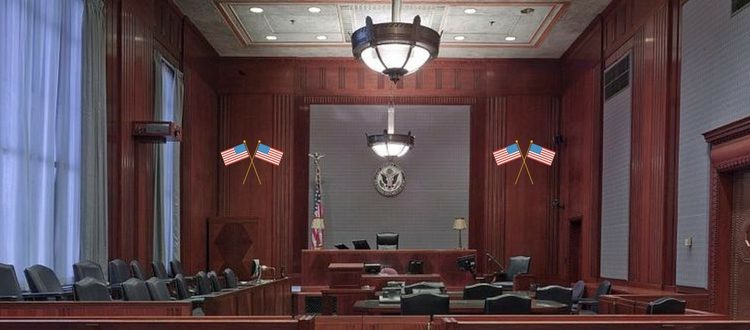U.S. Court Orders Journal Publisher to Identify Peer Reviewers

Peer review is widely recognized essential to ensure the quality of research that is published in academic journals. There are different ways to conduct peer review. Among these, the traditional blind peer review process is considered the best way to produce open and honest critiques of research. However, for the first time, a U.S. court in California has recently ruled that forcing a journal publisher to identify the anonymous peer reviewers of a scientific article.
A Shocking Decision
The article in question by researchers at Ohio State University, was published in 2013 in The Journal of Strength and Conditioning Research. The study comprised physical and physiological changes of around 40 volunteers who participated in a ten-week CrossFit Inc. training regimen. The study reported that 16% of participants left the program caused by injury. The paper, which has since been retracted, was challenged in public and in court. CrossFit Inc. alleged that the publisher, the National Strength and Conditioning Association (NSCA) of Colorado Springs deliberately skewed the results. The publishers exaggerated the injuries associated with CrossFit’s training program. According to CrossFit, the publisher did so because CrossFit is its competitor in the fitness business. CrossFit requested that both state and federal judges force the publisher to reveal the names of its editor and reviewers. After several judges refused, a state judge finally passed the order.
Setting a New Legal Precedent?
This is not the first time a company has requested that the identities of peer reviewers be revealed in a court. The New England Journal of Medicine has fought off subpoena requests from companies, usually pharmaceutical manufacturers, many times over the years. In one notable ruling, a judge concluded that “the batch or wholesale disclosure by the NEJM of the peer reviewer comments communicated to authors will be harmful to the NEJM’s ability to fulfill both its journalistic and scholarly missions.” In other words, the confidentiality aspect of peer review is crucial for maintaining the quality of journal articles and scientific scholarship in general. Until now, this has been the universal position of the federal court.
Scientists, academics, and publishers alike are worried about the potential impact of this decision. In blind peer review, neither the reviewers nor the authors know one another. This allows reviewers to give their true opinion of research without fearing consequences from negative reviews, and ensures their opinion of an author does not influence their review of a paper. At the same time, it helps the author to accept criticism as unbiased and fair. Publishers fear that the ruling could make scientists unwilling to review draft manuscripts. However, Joshua Koltun, a lawyer who reviewed the above mentioned case, said that it will not necessarily create a legal precedent for the future. He believes that courts will continue to balance the need for reviewer confidentiality with the needs of individual legal cases. A defendant from the CrossFit company stated that their intention is to “incentivize legitimate science, and punish scientific misconduct.”
Exploring Other Peer Review Models
Perhaps this ruling is a sign that it is time to reconsider the potential downsides of blind peer review. The process of peer review is already under scrutiny within the scientific community. The traditional peer review process is being replaced by newer models like post-publication peer review. Several factors are contributing to this change, but the Internet is probably the largest. Traditional peer review is a time-consuming process, but the rise in the number of online journals and other publishing outlets has increased the demand for quality articles. As time pressures mount, peer reviewers may not be able to provide quality analysis while keeping up with their deadlines. In addition, it may be difficult to hide the author’s identity completely, leading to questions about the true “anonymity” of the process.
Following the replication crisis in science and medicine, the Open Science movement has grown in popularity. This movement encourages scientists to share their data, with the ultimate goal being enhanced collaboration and greater transparency. Post-publication peer review allows scientists anywhere in the world to review a published manuscript. Because it makes review an ongoing process, it allows academics and scientists to refine their work and identify opportunities for corrections. It also allows for greater engagement of the scientific community with the author’s work and helps break the grip of private publishers, who restrict the availability of their articles to paid subscribers.
No matter what happens in the wake of the CrossFit case, it is clear that peer review is in a process of ongoing re-evaluation and change. Perhaps it will lead to a push for greater openness and transparency and better science in the end.
What do you think of the traditional peer review process used by journal publishers? Are you in favor of blind review or of other methods like transparent peer review? Please let us know what you think in the comments.










